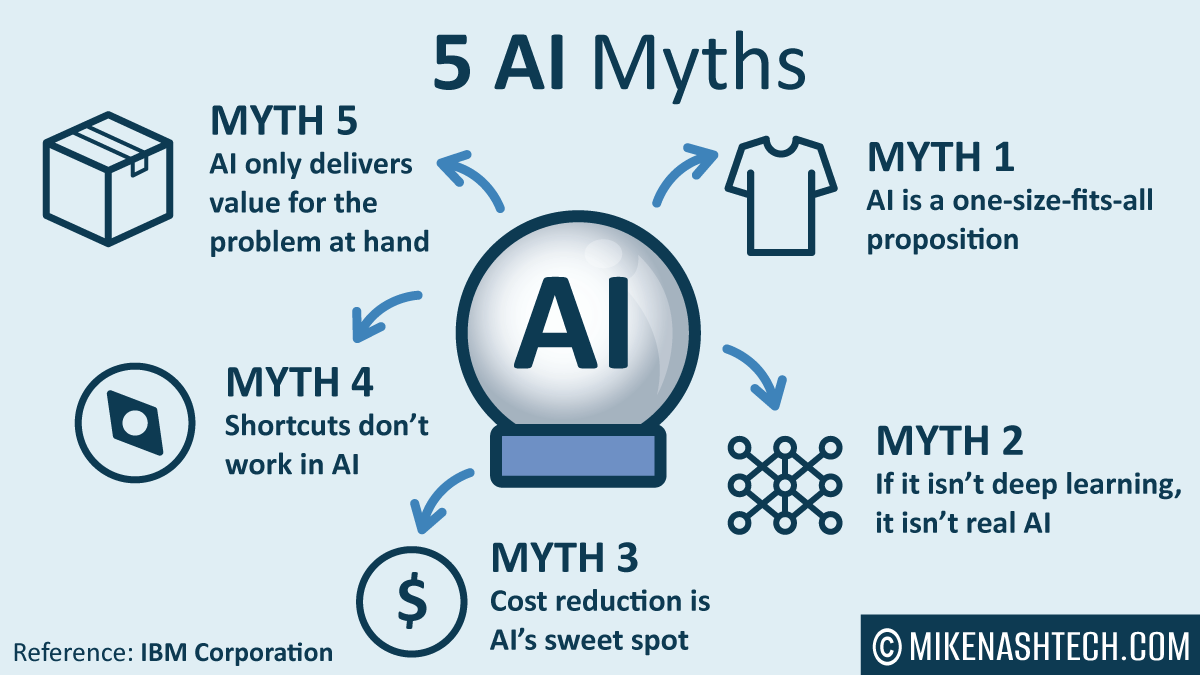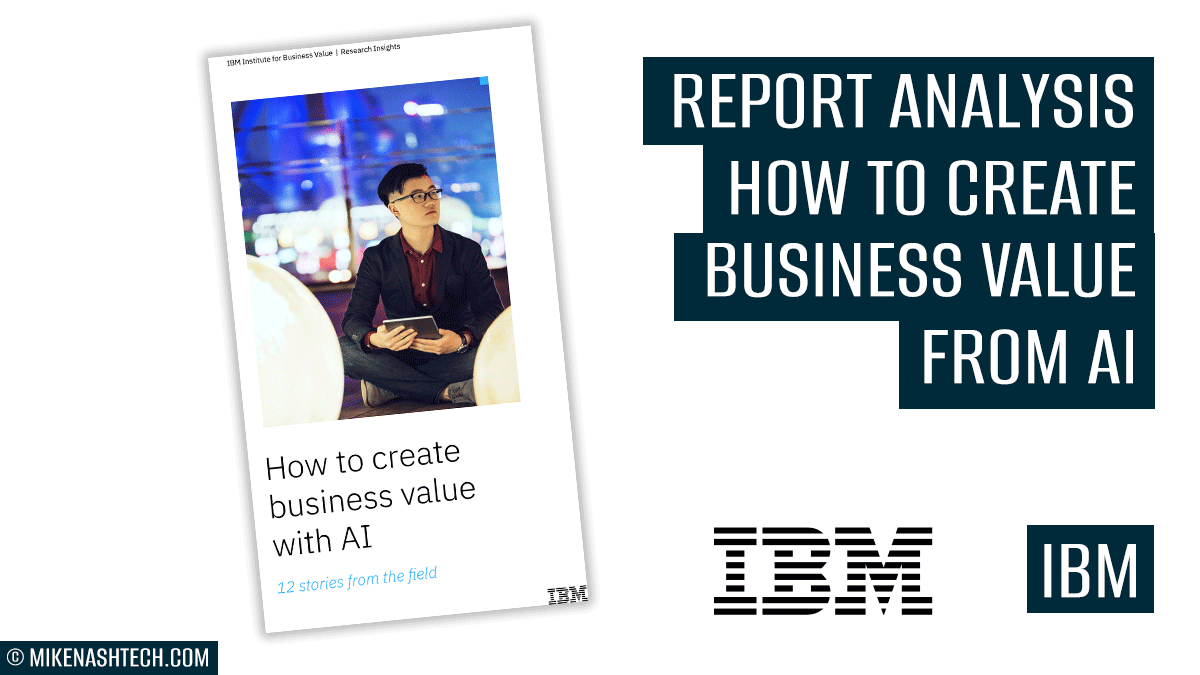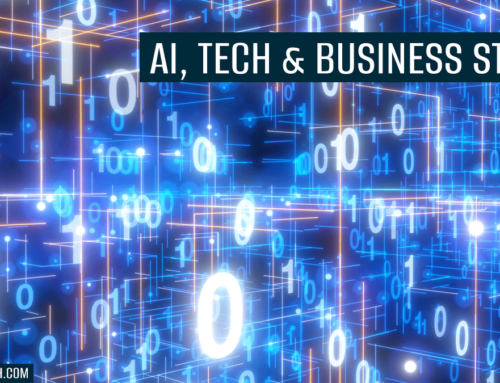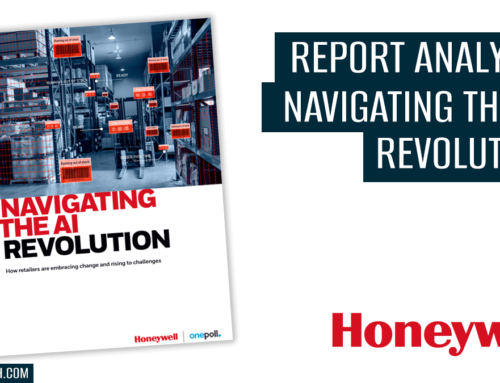Tuesday, 18 April, 2023
How to create business value with AI – IBM report review
Many AI myths have appeared over the years. Deciphering facts from perception and reality can be challenging, especially when the landscape and technology constantly evolve. This is why we spend many hours analysing the latest thinking from experts and reports. One such report is from IBM about creating business value with AI.
The report covers the importance of AI to businesses and how AI can be used to generate value for businesses. Twelve case studies from companies that have successfully implemented AI are included in the report, and five common myths about AI are dispelled. The opportunities and threats businesses face when implementing AI are discussed in the report’s final section.
Report ideal for
- AI developers, managers
Outline
- The IBV, in partnership with the MIT-IBM Watson AI Lab, conducted interviews with individuals who worked on deep-learning projects from more than 35 real-life AI implementations worldwide. We confidently spoke with business and technology experts from over a dozen industries to discuss their AI objectives, obstacles, and insights.
- AI uptake is definitely on the rise, although it’s worth noting that many organisations have yet to embrace its potential for widespread transformation fully. Many are confidently addressing discrete business challenges. We confidently predict that by the end of 2022, only one in four large companies will have successfully transitioned from AI pilots to operational AI.
- Enterprises must adopt artificial intelligence confidently and not fall prey to myths surrounding it, such as the notion that “AI shortcuts don’t work” or “If it’s not deep learning, it’s not AI.” They must make decisions based on the reality of AI.
- In the report, IBM confidently debunks five myths about AI usage in companies using data and real-world examples. Their aim is to help organisational leaders and teams learn from their peers and understand the truth about AI implementation.

5 top AI Myths
5 top AI Myths
Central to the report is how AI can be an enabler of top-line growth, but few enterprises are using it for such broad transformation yet. Organizations use AI to reduce costs, enrich customer and employee experiences, increase win rates, optimize supply chain performance, and more. However, many common notions about AI are misleading myths churned out in the hype cycle. The report debunks five of the most prevalent AI myths by highlighting relevant insights and practical examples from interviews with more than 55 professionals at more than 35 organizations. It also provides 12 detailed case studies to help organizations increase AI’s impact and value.
Myth 1 ) AI is a one-size-fits-all proposition
Deep learning, one of the many AI techniques, is often best suited to problems involving underlying (often large) data sets in vision, language, and other predictive models. From virtual assistants to fraud detection, deep learning is changing how we work and play. Traditional machine-learning techniques may be less effective in these situations.
However, despite the hype, not every business challenge or desired outcome fits AI well. Organisations must first determine whether a broader strategic initiative or a specific business problem is a candidate for AI enablement. Companies can begin by assessing their overall “data wealth” and then examine discrete business problems.
Myth 2) If it isn’t deep learning, it isn’t real AI
Large enterprises use a combination of data science, traditional machine learning, deep learning, and preprocessing techniques to solve discrete business problems and generate meaningful business value.
Many advances in AI research have occurred in the field of deep learning over the last decade. The rapid growth of social media, search, retail, streaming, and other B2C platforms with deep learning embedded in their business models has given rise to the myth that if it isn’t deep learning, it isn’t AI.
In reality, deep learning is only one tool in a large toolbox of enterprise analytics tools that enable AI
Concerns about deep learning’s costs may pose significant challenges to AI research’s future direction and nature (see “Will cost be deep learning’s demise?” Pragmatically, determining where deep learning may fall short is frequently difficult.
Myth 3) Cost reduction is AI’s sweet spot
Using AI to solve business problems can save money, but that’s not all it can do. Leading organisations are actively (and strategically) using AI to achieve top-line-oriented process efficiencies, growth, and business model innovation.
Cost is important, but so are growth, innovation, and societal good. According to IBV research, customer-centred growth is the top area where organisations see the greatest business impact from AI.
IBM wondered if this emphasis on the bottom line was more wishful thinking than reality, but when they spoke with executives during our research, they discovered several companies that are walking the walk.
Myth 4) Shortcuts don’t work in AI
While AI model use cases vary by industry and function, an expanding set of “off-the-shelf” foundation and pre-trained models can provide enterprise data scientists a more cost-effective starting point.
Since 2016, the IBM Institute for Business Value (IBV) has taken a systematic approach to quantifying various trends in enterprise AI. One of the surprises in 2020 was the reemergence of “availability of technology” as a barrier to AI adoption, which had previously been surpassed by “skills and other factors”.
IBM wondered why this barrier was rearing its head again and deduced that organisations finally realised that what they thought was required to make AI technology work—workers with the necessary data skills—is necessary but insufficient on its own. The many data scientists hired by companies to train various data sets dutifully performed their duties. However, each business problem—often approached with a different AI model than the previous one—seemed to be a fresh start. There was no simple way to capitalise on what had come before.
Myth 5) AI only delivers value for the problem at hand
Emerging AI network effects inside and outside organisations drive tangible business value.
As more and more data sources become available and are easier to access, businesses have access to a growing trove of information. Companies are reaping financial benefits and increased open innovation using intelligent and ethical AI.
This, in turn, yields further economies-of-scale benefits, particularly among early adopters of cutting-edge AI technologies. In our report on the economic value of AI, we stated that “network effects—even if just internal to the enterprise—appear to extend the benefits of AI investments even further” in 2020. Preliminary research suggests that a company can increase its adaptability and resilience by investing in AI in one area of its operations, leading to corresponding financial gains. For instance, when one function improves its data governance and access policies, the effect ripples out to the neighbouring functions as they work together across the workflow.
This is especially true for AI investments in finance, IT, and HR, all of which have far-reaching effects on other parts of an organisation.
Expertise can be shared and further developed throughout an organisation by, for instance, moving AI specialists from one assignment to another. This method promotes the expansion of general AI competence rather than its stagnation. The value that can be realised is enhanced by network effects and other synergies between AI and other digital transformation technologies such as cloud, IoT, security, and data management. What AI was already catalysing within institutions has begun to manifest across institutions, as is the case with many emerging technologies.
Finally
The report was an interesting insight to see some of the key myths that are clouding judgement. I name another twenty of these based on the speed of change in technology. People are more likely to make informed decisions, promote innovation, build trust, and avoid negative consequences when they are aware of the potential negative consequences of technology. Knowing the facts can help people make informed decisions, promote innovation, build trust, and avoid negative consequences. This report as it covers these points as well as references conversations with companies that are successfully implementing AI.
Thank you IBM
Please note
I have no affiliation with the companies/technology/people mentioned. This analysis is 100% independent for the benefit of the data/business community. Please feel free to share this on your social network. Thank you.
Feel free to contact me today
I invest many hours researching the latest AI, technology, and business trends for all my clients. The knowledge is refined, distilled, and combined with many other forms of analysis and expertise to give the best advice possible.
I can get the best out of AI by:
- Spotting the latest AI opportunities for your company
- Pinpointing the best AI experts for your project or company
- Giving the best advice on AI strategy and approach
- Helping extract the most value out of AI
- …and lots more, please feel free to contact me today




